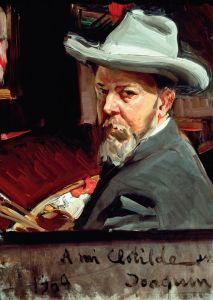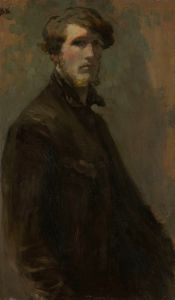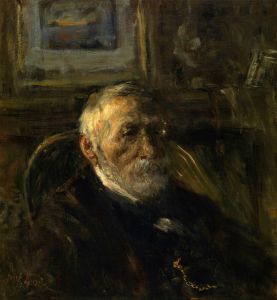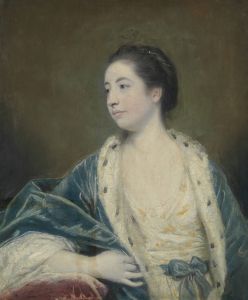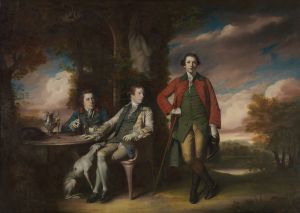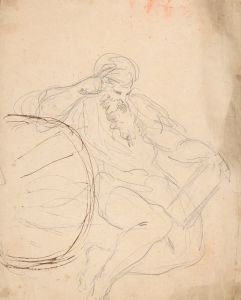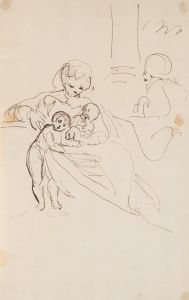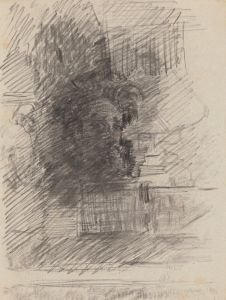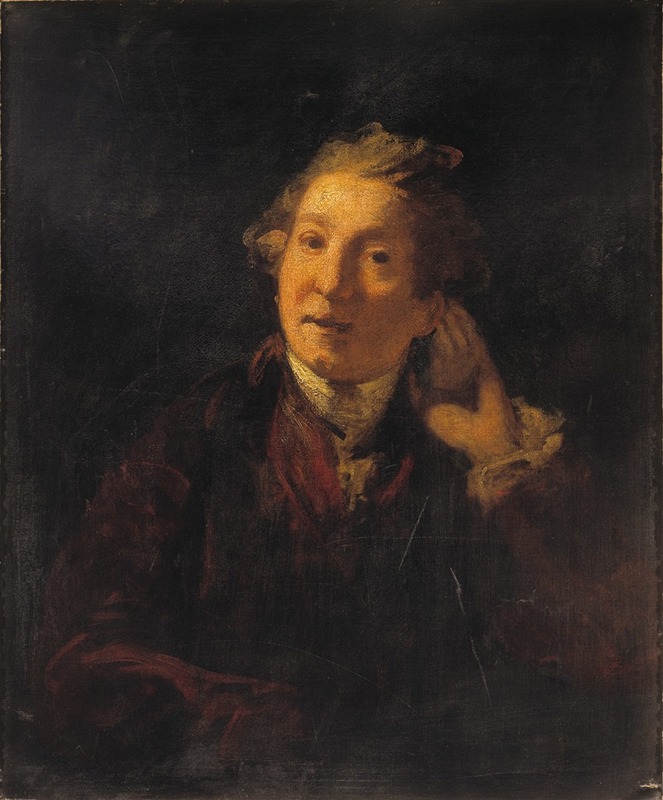
Self Portrait of the Artist as a Deaf Man
A hand-painted replica of Sir Joshua Reynolds’s masterpiece Self Portrait of the Artist as a Deaf Man, meticulously crafted by professional artists to capture the true essence of the original. Each piece is created with museum-quality canvas and rare mineral pigments, carefully painted by experienced artists with delicate brushstrokes and rich, layered colors to perfectly recreate the texture of the original artwork. Unlike machine-printed reproductions, this hand-painted version brings the painting to life, infused with the artist’s emotions and skill in every stroke. Whether for personal collection or home decoration, it instantly elevates the artistic atmosphere of any space.
"Self Portrait of the Artist as a Deaf Man" is a notable painting by Sir Joshua Reynolds, an influential 18th-century English painter known for his portraits. This particular self-portrait is significant as it reflects a personal aspect of Reynolds' life—his hearing loss.
Sir Joshua Reynolds was born on July 16, 1723, in Plympton, Devon, England. He was a prominent figure in the art world and one of the founders of the Royal Academy of Arts in 1768, where he also served as its first president. Reynolds was highly regarded for his grand style of portraiture, which was influenced by classical art and the works of the Old Masters.
The "Self Portrait of the Artist as a Deaf Man" was painted around 1775, during a period when Reynolds was experiencing significant hearing loss. This condition eventually led to complete deafness. The painting is an introspective work that captures Reynolds' self-awareness and acceptance of his condition. In this self-portrait, Reynolds is depicted with a contemplative expression, which may suggest his introspection regarding his deafness and its impact on his life and work.
Reynolds' deafness did not hinder his artistic output or his influence in the art community. He continued to produce significant works and maintained his leadership role at the Royal Academy. His contributions to art theory and practice were substantial, and he delivered a series of influential lectures known as the "Discourses on Art," which were highly regarded for their insights into the principles of painting and the role of the artist.
The painting itself is executed with Reynolds' characteristic skill in capturing the likeness and personality of his subjects. The use of light and shadow, as well as the detailed rendering of his features, demonstrates his mastery of the portrait genre. The self-portrait is also notable for its emotional depth, as it conveys a sense of vulnerability and resilience.
"Self Portrait of the Artist as a Deaf Man" is housed in the Royal Academy of Arts in London, where it remains an important part of the collection. The painting not only serves as a testament to Reynolds' artistic talent but also offers a glimpse into the personal challenges he faced and overcame.
Sir Joshua Reynolds passed away on February 23, 1792, but his legacy endures through his numerous portraits and his contributions to the development of British art. His self-portrait as a deaf man stands as a poignant reminder of the human aspects behind the artist's public persona and his enduring impact on the art world.





